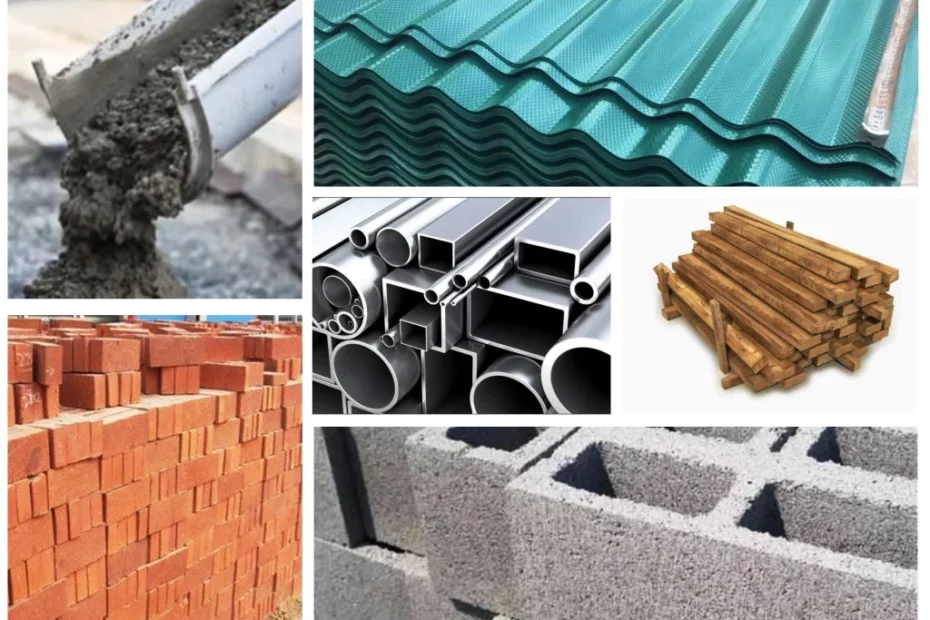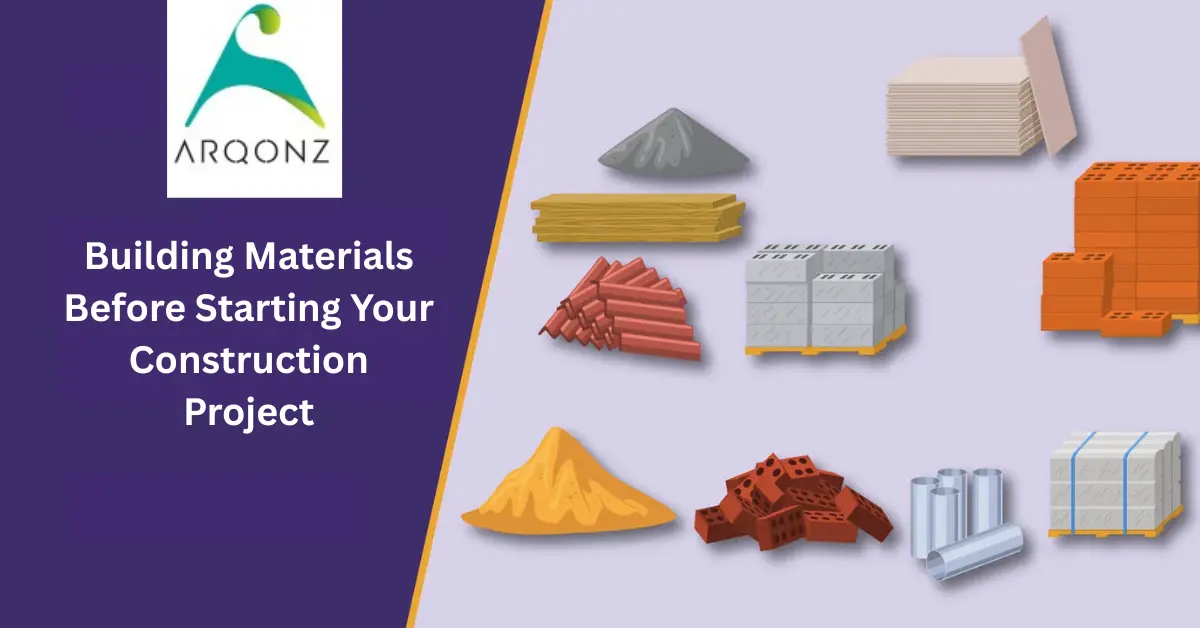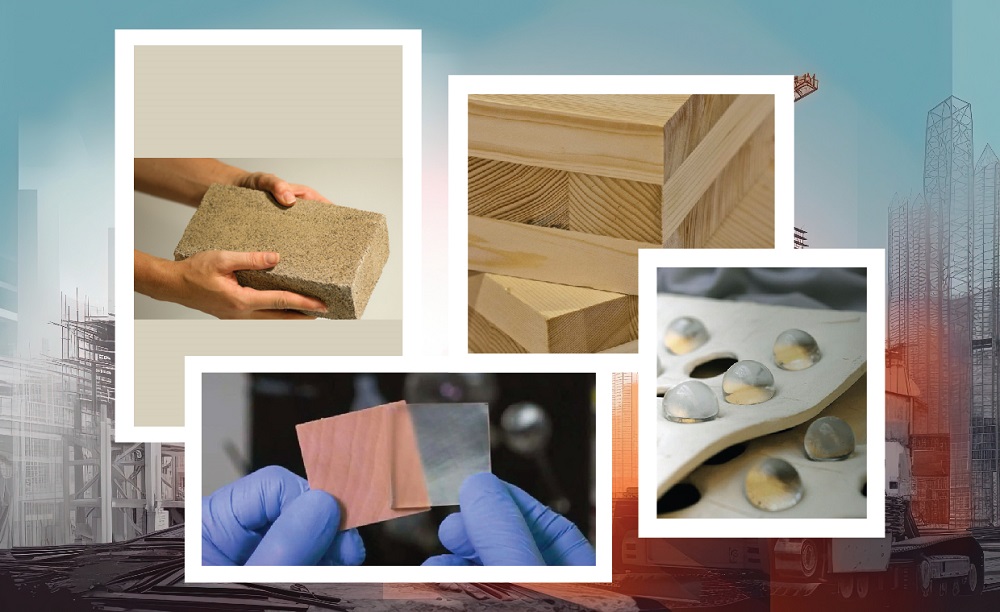Essential Construction Materials You Need to Know Before Starting a Project
Things you should know about building materials before you start a project The materials you choose to build with are one of the most important… Essential Construction Materials You Need to Know Before Starting a Project






